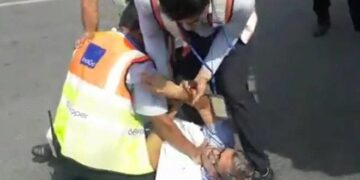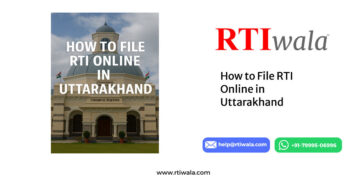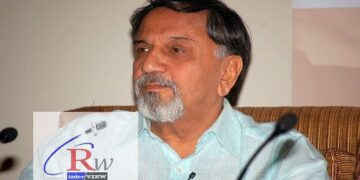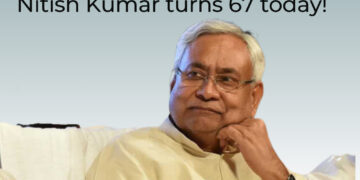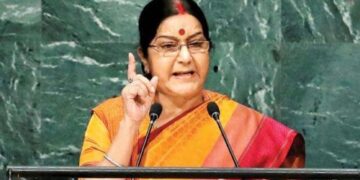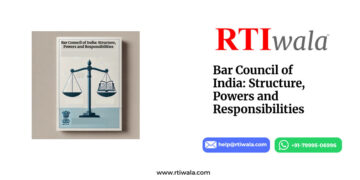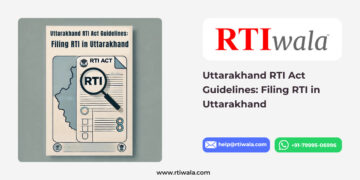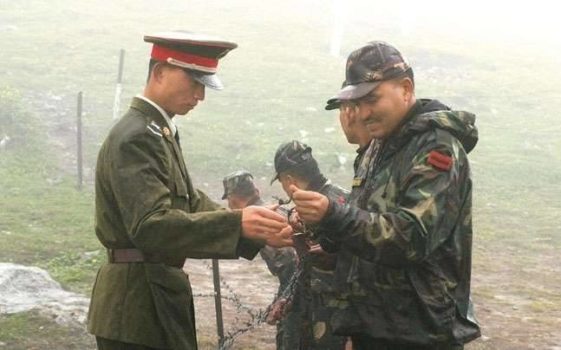RTIwala Explains the Doklam Issue: India and China were engaged in a 73-day-long tussle in Doklam. The standoff ended on August 28 with mutual understanding after China halted the construction of the road. The 73-day-long Doklam standoff was “safely resolved” after several rounds of talks with India, a top Chinese military official said. People’s Liberation Army (PLA) official Liu Fang cited it as an example of how the Chinese military is trying to resolve issues through dialogue mechanisms with different countries.
[amazon_link asins=’8184007582,0141049421,1941631568,B0768T84QR,9382277269′ template=’ProductCarousel’ store=’wwwrtiwalain-21′ marketplace=’IN’ link_id=’cedb6165-b8d8-11e7-b442-89889ea13150′]
On 16 June 2017, the Chinese military attempted to build a road in the territory claimed by Bhutan. The territory is close to the Chicken’s Neck area connecting India’s northeastern states with the mainland. Chinese troops with construction vehicles and road-building equipment began extending an existing road southward in Doklam.

Also Read: China’s Warning To The World: What It Means?
On 18 June 2017, around 270 Indian troops, with weapons and two bulldozers, entered Doklam to stop the Chinese troops from constructing the road. The standoff ended on August 28 with mutual understanding after China halted the construction of the road. “Of course it is safely resolved right now,” said the Chinese officials. The tension that prevailed during the three-month-long standoff at Doklam has been diffused by the announcement to dilute military presence at the India-Bhutan-China tri-junction. After the August 28 disengagement at Doklam, the PLA said then the “Chinese military will remain vigilant and firmly defend national territory and sovereignty”.
Also Read: RTIwala Reveals Shocking Facts and Reports
The Chinese military, which has undergone a massive reform drive since Xi took power in 2012, has an annual budget of over USD 141 billion, next only to the US. The Chinese officials have reminded India to draw lessons from the stand-off. They want India to abide by established treaties and the basic principles of international law. India and China have mutually agreed to de-escalate tensions along the disputed territory.
Doklam Issue: The Timeline of Events
June 16 – The Indian Army intercepts and stalls road-laying efforts by the Chinese in the Doka La area of the Doklam plateau. It led to a standoff between units of the Indian Army and the People’s Liberation Army of China. There is a dispute over the plateau, which is just north of the tri-junction of Sikkim, Bhutan, and Tibet.
June 20 – The Bhutanese envoy in New Delhi registers protest against Chinese intervention into its territory.
June 23 – China refuses entry to pilgrims visiting Kailash Mansarovar — a site considered holy by Hindus, Buddhists, and Jains — citing damage to roads due to rains in Tibet.
[amazon_link asins=’1784382205,8193146808,9386618087,1843318776,1330028481′ template=’ProductCarousel’ store=’wwwrtiwalain-21′ marketplace=’IN’ link_id=’2a50b3ca-b8db-11e7-94bf-f786418e51ed’]
June 28 – The Chief of the Army Staff, Bipin Rawat, visits Sikkim to take stock of the situation.
June 29 – China tests a 35-tonne military tank in Tibet, near the Indian border.
July 6 – China calls off a meeting between Premier Xi Jinping and Narendra Modi on the sidelines of the G20 meet, saying the “atmosphere was not right.”
July 18 – Chinese foreign ministry asks India to immediately withdraw its troops to avoid any escalation of the situation.
July 22 – India and China should engage in direct dialogue free of any “coercive aspects” to reduce the tension over a military standoff in Doklam, the Pentagon said.
July 31 – Chinese border guards enter one kilometer into Indian Territory and threaten shepherds grazing cattle in the Barahoti area of Uttarakhand’s Chamoli district.
August 3 – India must withdraw its troops on the Doklam plateau or face ”serious consequences”, says a senior Chinese diplomat in New Delhi.
August 4 – China says it has shown “utmost goodwill” over the prolonged military standoff with India in the Sikkim sector but warned that its “restraint” has a “bottom line“.
August 9 – Defence Minister Arun Jaitley tells the Rajya Sabha that the armed forces were strong enough to meet any challenge to the country’s security, underlining that lessons had been learned from the 1962 war.
Tibetan spiritual leader Dalai Lama describes India and China as close neighbors but cautioned against “harsh words.”
August 17 – State-run media house Xinhua releases a video in English, entitled “The Seven Sins of India”, which accuses India of “trampling international law” and “confusing right and wrong” over the Doklam crisis.
August 18 – Japanese Ambassador to India Kenji Hiramatsu makes comments supporting India’s position on Doklam.
August 25 – China agrees to tackle trade imbalance. Beijing says it does not want Doklam stand-off to hurt trade and promises to send a delegation to India by December to help build trade ties.
August 28 – India and China mutually agree to de-escalate tensions in the Doklam plateau, bringing putative closure to the dispute that created fears of outright armed conflict between the two nuclear weapon states.
(Inputs by Gehna Kundra)



